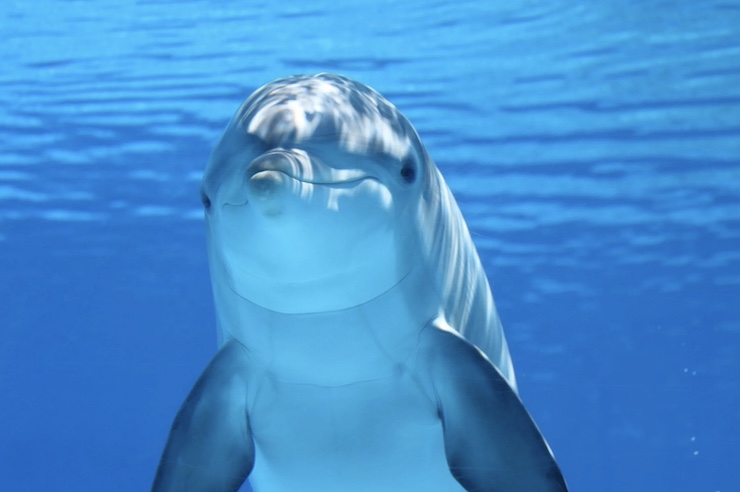
In 1938, Duke University opened its Marine Laboratory on Pivers Island, North Carolina, about 180 miles east of the main campus in Durham. The goal of the lab is to study marine ecosystems for conservation modeling. Within the building are other labs designated for specific areas of study, such as the Marine Robotics and Remote Sensing Laboratory (MaRRS), which opened in 2015. As explained on the MaRRS website, the facility serves ” as a center to promote interdisciplinary research using unoccupied aircraft systems (UAS, aka drones) and other small robotic platforms. We support researchers and students from multiple universities in addition to providing expertise for client projects. We have researchers working in our backyard and as far as the Antarctic Peninsula.” MaRRS has shared projects with its Piver Island neighbor, the National Oceanic and Atmospheric Administration, as well as some of the most prestigious universities with interests in marine studies.
In 2017 MaRRS entered a partnership with Dr. Barbara Cheney, a research fellow in the School of Biological Sciences at Aberdeen University in Scottland. Based out of the University’s Lighthouse Field Station in Cromarty, Dr. Cheney manages the school’s long term bottlenose dolphin study for conservation. For more than 30 years, the Lighthouse Field Station has been studying the protected bottlenose dolphin population that frequents the Moray Firth Special Area of Conservation off the coast of Scottland’s North Sea. For the collaboration with Duke, Dr. Cheney was particularly interested in using drones to predict pregnancies in dolphins.
Typically, Dr. Cheney explained, dolphin pregnancies are only documented once a calf is spotted. This means that researchers only have databases on successful pregnancies. To have an understanding of the dolphin population’s health and growth, it is important to monitor all pregnancies, both those that come to term and those that fail. With data on failed pregnancies, conservationists can gather knowledge on what leads to these failures. Questions like overall animal health and environmental influence can be answered.
Dr. Cheney and the team from Duke went out on 5 boat missions to capture drone footage of dolphin pods. After taking hundreds of photos with the drones, Dr. Cheney was able to analyze and identify specific dolphins in the pods. She was then able to take measurements of the dolphins from the drone footage to determine which animals were pregnant. “This is important because reproductive success is key to a population’s growth,” Dr. Cheney said, “but it is particularly challenging to measure in wild populations. By using aerial photos this will allow us to routinely monitor changes in reproductive success in this protected bottlenose dolphin population supporting conservation.”
Drones have become one of the most useful tools for those studying marine ecosystems, especially marine mammals. Drones have given researchers key insights into the social behaviors, predator/prey relationships, and migratory patterns of whales and dolphins. Drones have been used to take measurements and predict pregnancies in large marine mammals like whales, but this was the first time they had been used to observe pregnancies in dolphins. The MaRRS lab currently operates 55 drones, and has accumulated nearly 850 hours of flight time in 179 different locations. The work the lab is doing with drones will shape how conservationists approach marine ecosystems.
|